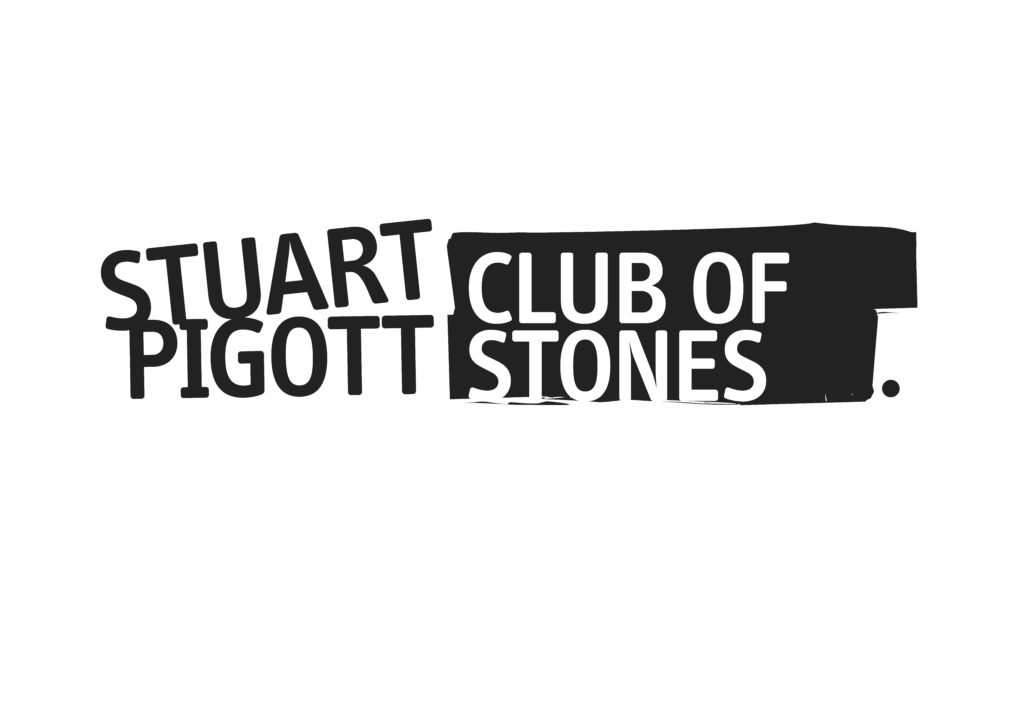
To find out who the wine princess pictured above is read on:
Trink is a new online magazine about German-speaking wines founded by American writer duo Paula Redes Sidore and Valerie Kathawala. At their invitation I took part in the second of their #TrinkTalks on Zoom recently. So did London-based writer on german-speaking wine subjects Anne Kebiehl MW and New York Times wine critic Eric Asmiov. The latter asserted that the reason German wines don’t have a better image in the US is the widespread perception of Riesling – Germany’s signature wine grape – as a sweet wine, though today the great majority of German wines are dry. He prescribed education as the cure, but I’m convinced there’s an additional problem that’s yet more fundamental. Let me explain:
None of the experts dispute that the best dry whites from Germany are world class wines, yet, with a small number of exceptions, they continue to struggle for recognition in America. Why?
Let’s take two bottles of a top dry German wine, for example, the Morstein GG (German for Grand Cru) from Wittmann in Westhofen/ Rheinhessen; one of the new wine classics of Germany (typically under $100 retail). We decant one of the Morsteins into an empty Burgundy bottle, say, the delicious Corton Charlemagne Grand Cru from Coche-Dury (around $4,000 retail if you can find it). Experience of many such comparisons tells me that most American wine lovers will prefer the Morstein in the bottle with the French label to the one in the original flute bottle, so the fundamental problem for the wines of Germany is not taste, but their national identity.
The image problem of German wine is rooted in the perception of Germany as a wrong wine location by a majority of Americans regardless of the facts regarding climate, soils, the winemaker’s ability and commitment and all other factors that actually determine wine character and quality.
It’s often supposed national and other stereotype must be frequently and clearly expressed to have a serious effect on the way people think and behavior, but my training as a cultural historian taught me that stereotypes beneath the waterline of easy audibility and visibility can still exert a pervasive influence upon the way we think about people and things.
The widespread belief that the Germans are excellent engineers, efficient technicians and excellent bureaucrats, but humorless people lacking in sensuality makes it hard for most Americans to imagine that they could make great wines. This stereotype is neither the product of experience nor the result of rational enquiry, yet it is rarely doubted, much less challenged.
The reality of modern Germany is physically and experientially far removed from the majority of Americans, even well-educated Americans, and therefore cannot disturb or disrupt the deeply rooted Groupthink that shaped this stereotype over decades and continues to shape it.
For most Americans France is romantic Paris, Christian Dior, Coco Channel, Paul Bocuse, cheese, truffles and wine. That’s a massive contrast to the automobiles, engineering, punctuality, order, sausages and beer association with Germany. There’s no hint of romance anywhere in there!
For those Americans who watch TV Germany is the mythical home of the Ultimate Driving Machine, because that’s been the slogan of BMW’s TV ads for many years. How could the creators of the automotive equivalent of the Terminator possibly be hedonistic, funny or sexy?
German supermodels like Claudia Schiffer and Heidi Klum might seem to contradict this image, but they became famous through association with non-Germanic cultures. Young Claudia Schiffer reminded everybody of the French Brigitte Bardot back in 1987 when she had her breakthrough in Elle Magazine and she still does. Heidi Klum’s already looked like an All American Girl in her breakthrough photos in Sports Illustrated Magazine in 1998, since when she became ever more Americanized in appearance.
The tendency for German immigrants to integrate in America in a way that de-Germanizes them goes back to shortly before 1917 when the US entered WW! and grew enormously from 1941 when the US entered WWII. It would be possible to write a substantial work of history about this largely undocumented aspect of American culture.
Of course, Americans sometimes encounter exceptions to their stereotype of the Germans, but this rarely results their expectations changing, because the stereotype is so deeply ingrained. Only direct experience of Germany, for example of the New Berlin, seems to do that.
Recent events have begun to shift perceptions of Germany in America and some American journalists have gone out of their way to try and tell the truth about contemporary Germany, yet wider public perception continues to lag far behind the reality.
Let us imagine a transgender woman winemaker in Germany who is funny, sensual and emotional, and that her wines wonderfully reflect her personality. In liberal and cosmopolitan New York City she ought to have a great chance of becoming the talk of the town. However, I fear there would be one obstacle to that and it would be neither her gender nor her sexual orientation. It would be the fact she’s German. If she were French or Italian, then she would have it so much easier! By the way, she exists and her name is Simona Maier and she lives in Mühlhausen/Baden close to Hiedelberg.
Why should all this occur to me? I lived in New York City for 4 years from the fall of 2012 and before that I’d spent at least another year traveling in the US. During that time my interest in German wines and culture frequently surprised many of the Americans I met and sometimes caused consternation. As a trained cultural historian I did a lot of thinking about all this and investigated the history of how Germany, the Germans and their wines were perceived in the US. I lived in Germany for 20 years before that, and live there again now. I have spent almost my entire adult life with one foot in one culture and one foot in another. As a result this kind of reflection come naturally to me. These observation are not moral judgments of any kind.

